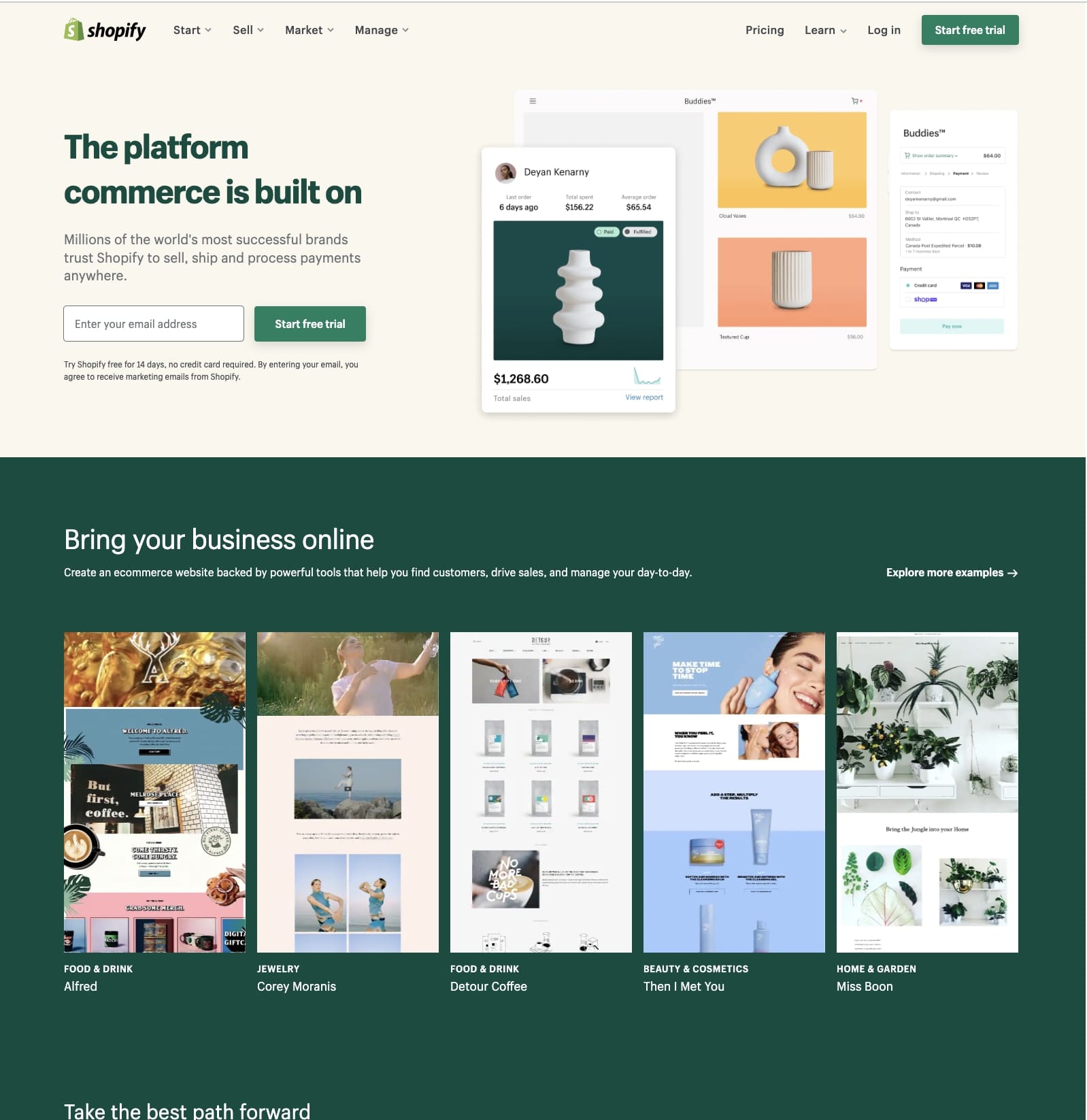In the current digital landscape, possessing an efficient web design is increasingly crucial than ever for businesses seeking to expand and succeed. Your website often acts as the initial point of contact for your brand and potential customers. An visually pleasing and easy-to-use design can leave a lasting impression, build trust, and encourage visitors to explore your offerings further. This is why investing in outstanding web design is more than a option; it is a fundamental aspect of your business strategy.
An user-friendly website that reflects your brand identity can greatly impact customer engagement and conversion rates. When done right, web design can streamline the user experience, making it simpler for visitors to locate the information they need, move around your services, and ultimately make a purchase. The goal is to create a smooth journey from the moment a prospective customer arrives on your site. By concentrating on effective web design, you establish the groundwork for sustainable growth and success in a competitive market.
Fundamentals of Successful Web Design
Effective web design depends on various key principles that can dramatically enhance user experience. One essential principle is transparency. A website should convey its message explicitly and succinctly, removing any uncertainty for visitors. This means employing straightforward language, simply navigable layouts, and clear calls to action. When users immediately understand what a business offers and how to connect with it, they are more likely to linger on the site and turn into customers.
Another vital principle is adaptability. With the rising use of mobile devices, it is imperative that a website operates effortlessly across various screen sizes and platforms. A flexible design not only enhances user satisfaction but also contributes to better search engine rankings. Guaranteeing that images, text, and other elements adjust suitably enhances accessibility and allows users to interact with the site efficiently, no matter how they view it.

Lastly, visual hierarchy plays a crucial role in guiding user behavior on a website. By strategically organizing elements such as headings, images, and buttons, a web designer can lead visitors through a natural flow of data. Utilizing size, color, and placement to emphasize the most important components ensures that users can move the site intuitively. A properly organized visual hierarchy can dramatically improve engagement and encourage user actions, ultimately supporting the growth of a business.
Essential Components for Visitor Engagement
Establishing an immersive online experience starts with a clear and intuitive navigation system system. Users need to discover what they're searching for quickly and effortlessly. A clearly-defined menu, with classifications that are straightforward, augments the user journey and holds visitors on the site for an extended period. Incorporating search functionality can also greatly enhance the navigation experience, enabling users to reach content immediately without having to navigate through multiple links.
Visual aesthetics plays a crucial role in user involvement. Top-notch visuals, cohesive branding, and a balanced color design attract visitors in and hold their attention. It is essential to harmonize visuals and text, making sure that the design enhances the message while not overwhelming the user. Utilizing whitespace effectively can also boost the readability and create a nicer browsing experience, simplifying it for users to absorb the content.
Finally, interactivity can significantly enhance user involvement. Features like quizzes, surveys, or comment sections allow users to engage actively rather than merely consuming content. Adding elements like live chat support or engaging infographics encourages visitors to delve deeper, offering them with a sense of belonging and fostering a community around your service. These engaging elements not only improve the user experience but can also contribute to higher sales conversions for companies.
Measuring Success in Web Design
Success in website design can be evaluated through various metrics that reflect user engagement and happiness. One of the most important indicators is the website's bounce rate, which measures the ratio of visitors who leave the site after viewing only one page. A considerable bounce rate often suggests that users are not seeing the content relevant or interesting. By enhancing web design to enhance user experience, businesses can minimize bounce rates and encourage visitors to browse further, leading to greater engagement and possible conversions.
Another crucial metric to consider is the mean session duration. This indicates you how long visitors are taking on your site. A greater session duration generally indicates that users find the site engaging and informative. Web design features such as intuitive navigation, attractive visuals, and high-quality content can greatly affect session duration. By continuously improving these elements, businesses can boost their web design and create a more engaging and pleasurable user experience.
Ultimately, conversion metrics are a crucial measure of web design performance. This metric tracks how well the website motivates users to take targeted actions, such as signing up for a newsletter, making a purchase, or requesting more information. A effectively designed website should lead visitors smoothly along their experience, using concise calls to action and strategically placed sign-up boxes. By analyzing jw-digital.co.uk and making adjustments to web design based on user feedback and analytics, businesses can refine their sites for growth and achieve their goals.
